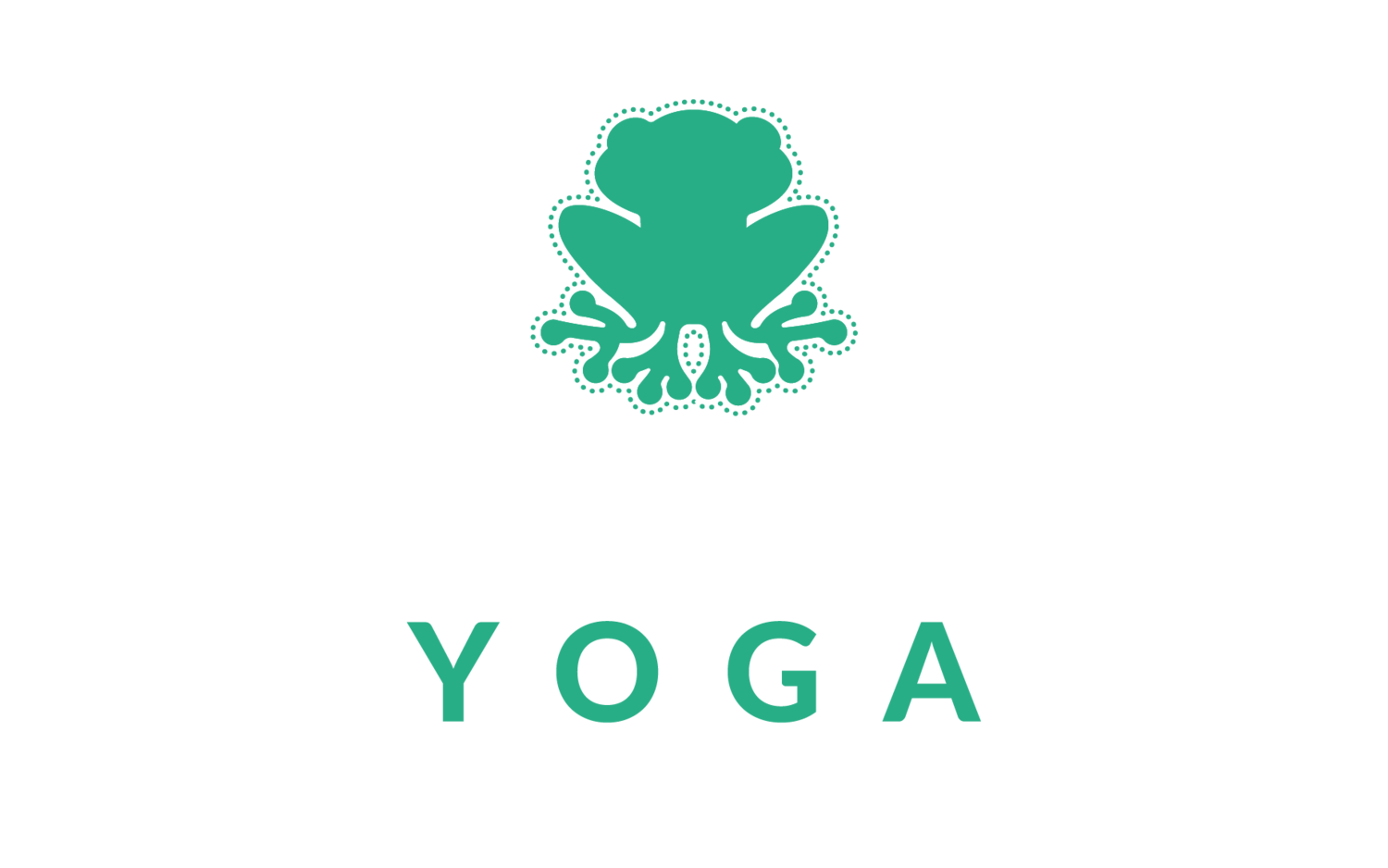The wonders of understand the human body and movement through the lens of @garyward_aim and his anatomy in motion lens.
This week I started working with a client who suffered a traumatic brain injury after falling three floors from a roof.
The Left Hemisphere Traumatic Brain Injury left him with Right Sided Ataxia (A Loss of the ability to coordinate muscular movement )along Painful and slow walking for 21 years.
When we explored what his feet were doing on the floor, how he stood and walked there were some pretty key things happening that would affect his balance.
Getting his foot tripod on the floor was a big one and allowing the joints to move as they have evolved to suddenly have him a strong, deep grounded sensation.
He could also actually balance on his foot which he said he hasn’t since his accident.
If a brain is to maybe relearn lost movements, perhaps we need to change the lens through which we rehab them.
Gary ward has 5 big rules, one of which is that rather than looking at the body in a way that muscles move joints, we get the joints to move the muscles.
How does that even work?? We all know that the muscles pull on the bones to move the joints right??
Well perhaps yes, while we are working out, trying to get fit and strong, but in gait, as we walk, no.
Take 20 seconds right now to stand up, close your eyes and just observe yourself in space.
Observe how you cannot stand still.
Observe how you drift forward/back/left/right
All without having any control, your joints are moving/swaying/falling with gravity and you muscles are reacting to hold you upright.
This is the same principle we put into practice when working with our lens turned to see through anatomy in motion.
If someone, say this clients, balance/gait is hideous and we just say it’s due to his accident and tough shit, but don’t dig down, we are doing ourselves and them a disservice by not looking into some fundamentals of how perhaps we are reacting with our environment
This clients feet, had compensated to his new way of walking such that he was on the outside of one foot with his toes gripping the floor, holding his tripod away from the ground.
The optimal tripod is when we have out 1st/5th metatarsals and our heel all firming connected neurologically with the ground. If just the big toe rather than the metatarsal head is grounding, it can throw the whole body off.
Because of this, he always felt as if he was standing/walking on a thin blade of his foot, Making walking, standing balancing feel off balance, uncomfortable and unsafe.
By allowing the bones to move the muscle, using AIM wedges, by getting the client to relax and try to do less, the foot bones did the only thing they could really do and following the joints shapes they have.
As the joint surfaces in the foot glide over one another properly, the muscles attached to them will have no choice BUT to lengthen, causing them to slow the movement and pull those joints away from their end range.
This is really where, in this kind of brain injury, I would suggest the best changes can be made. By not making the body try to move but by allowing the body to move itself so that all those tissues are just lengthen to slow movement down naturally to return it to centre.
And what seems to be even better is that, perhaps, even in a brain injury where the movement has been lost for 20 years, that very movement is actually hardwired in and when it feels that ability to pass through centre, to both lengthen and contract properly, the brain grabs hold of that movement and says “I’m keeping that”.
Efficient movement is hard wired into us, efficient movement is less energetic meaning we would have more for over endeavours, evolutionary speaking.
If we can have a body that wants to stand upright, stacked on its axis’ properly then it gives the greatest amount of of opportunity to both lengthen/contract, flex/extend, rotate left/right and always return back to centre.
As if I wasn’t already aware that Gary Ward’s anatomy in motion model was the best through which to view human movement, working with a traumatic brain injury that’s 20 years old and seeing such a marked change and have the client also immediately notice it too, just puts the cherry on the cake.
If someone with a traumatic brain injury can begin to move and feel better within 90 minutes, perhaps you can too.
Why not get in touch to start your own movement journey to move with less pain, more confidence and a far greater understanding of your own body and how to move it better in the future yourself.



